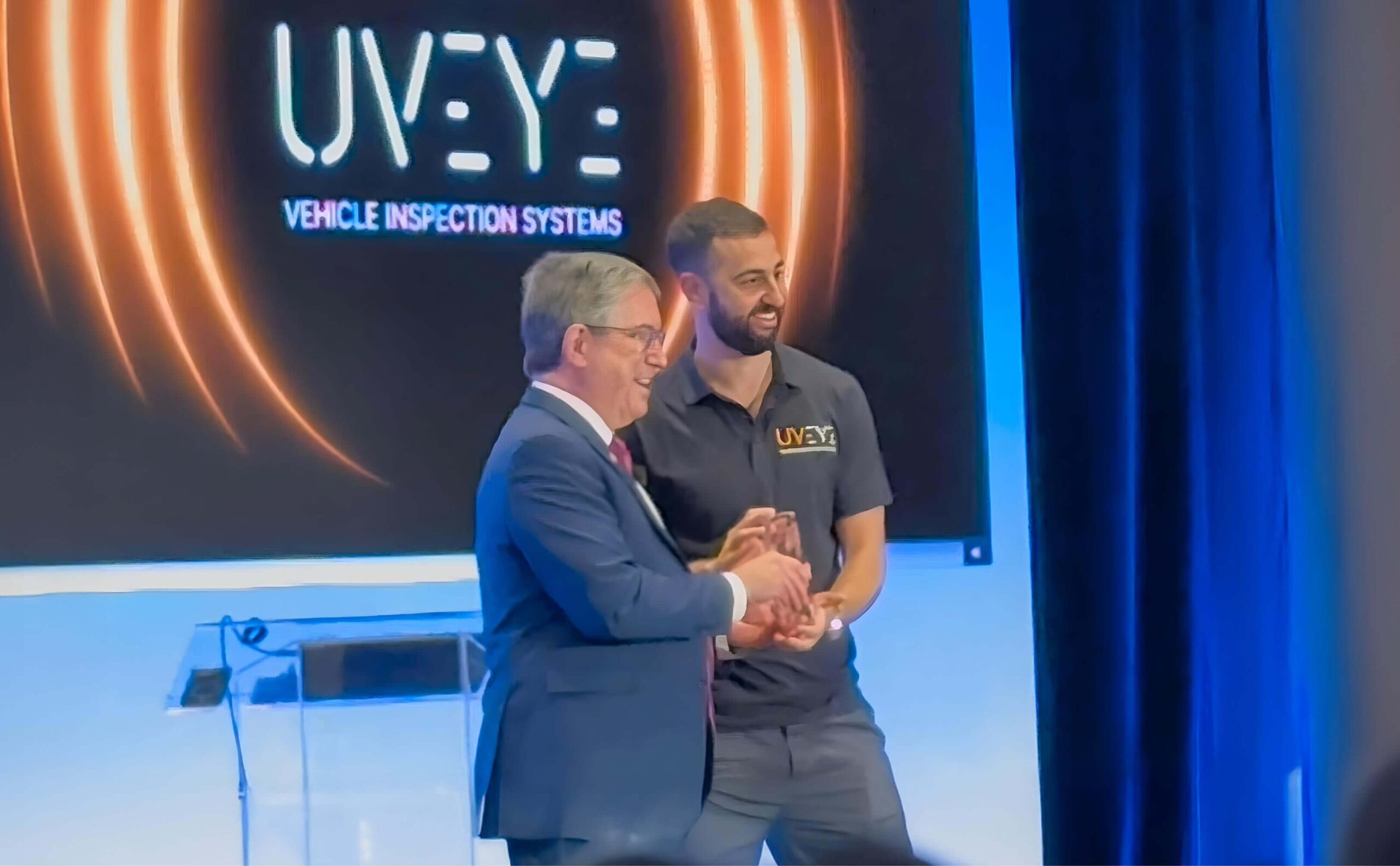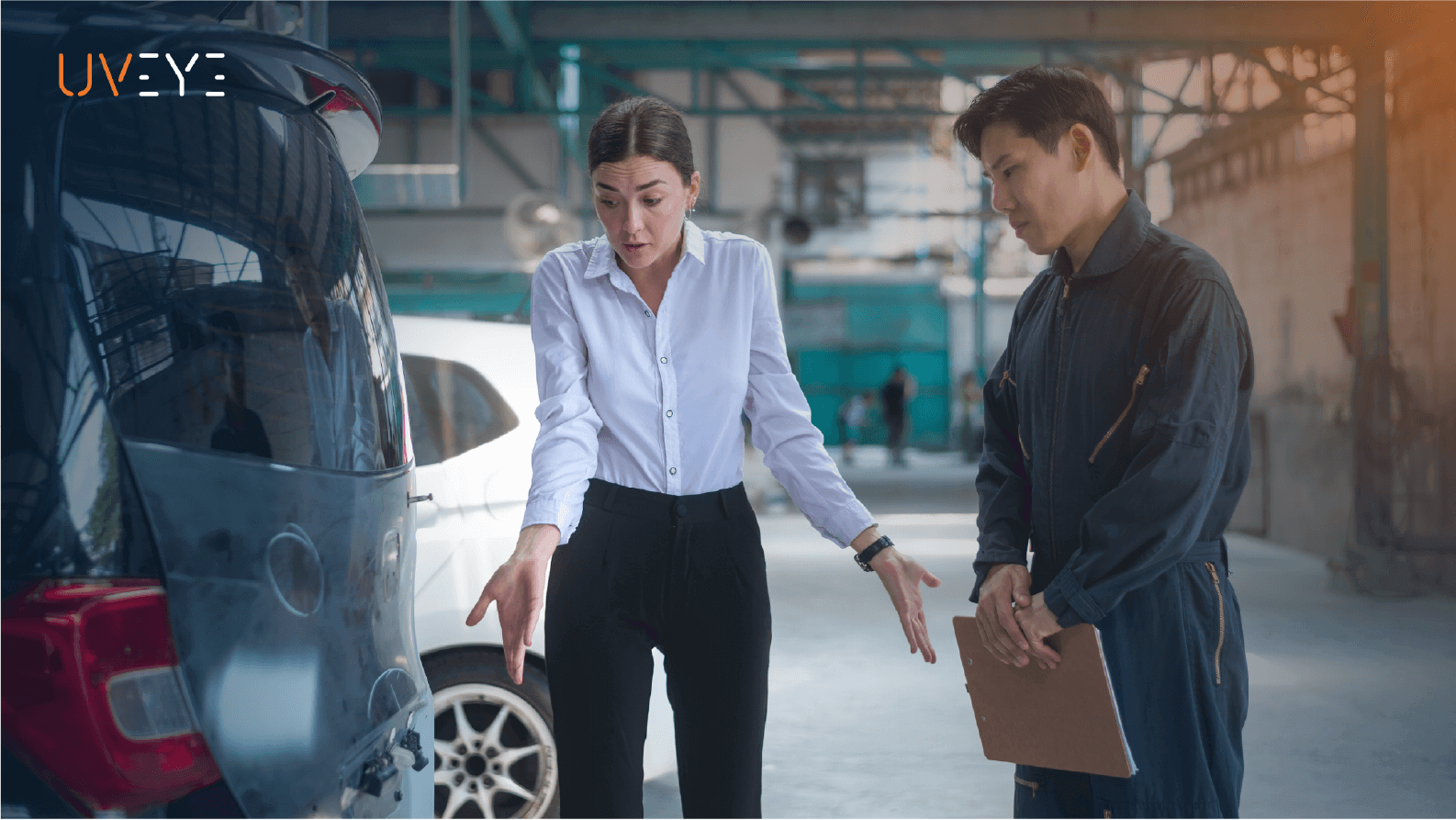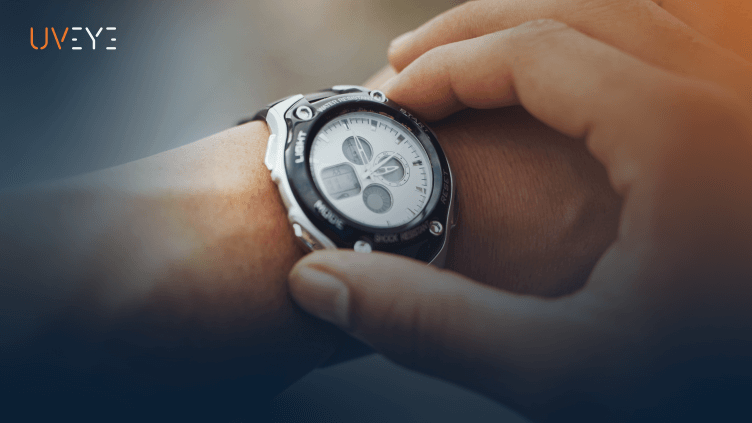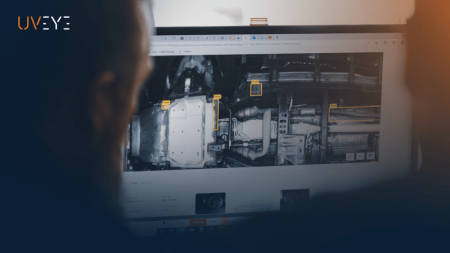
UVeye Co-Founder and CEO Amir Hever recently spoke with Cyber News. The following is the interview between Amir Hever and Anna Zhadan.
Typical physical inspection has many flaws, as it relies on a human to do their job diligently. Moreover, inspecting the vehicle undercarriage where guns and explosives are usually hidden can be extremely challenging. To address these problems, companies offer automated inspection, which uses advanced deep learning algorithms.
UVeye is one of the companies that work towards creating a better future for the delivery business, and its CEO Amir Hever joined us to share more information about the benefits and challenges of automated inspection.
Let’s go back to the very beginning of UVeye. What has the journey been like over the years?
UVeye started in the homeland security sector. When you think about inspecting vehicles and wanting that process to be thorough yet efficient and as quick as possible, security checkpoints at ports and border crossings make for an ideal proving ground. From there, we realized our devices that use artificial intelligence and high-definition cameras to scan vehicles for anomalies were a perfect fit for the private sector, improving everyday vehicle inspections.
The same technology we used to detect weapons – or anything you don’t generally allow in places like airports – we’re now also using to detect rust, fluid leaks, and damaged tires.
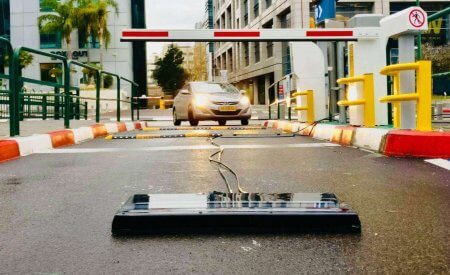
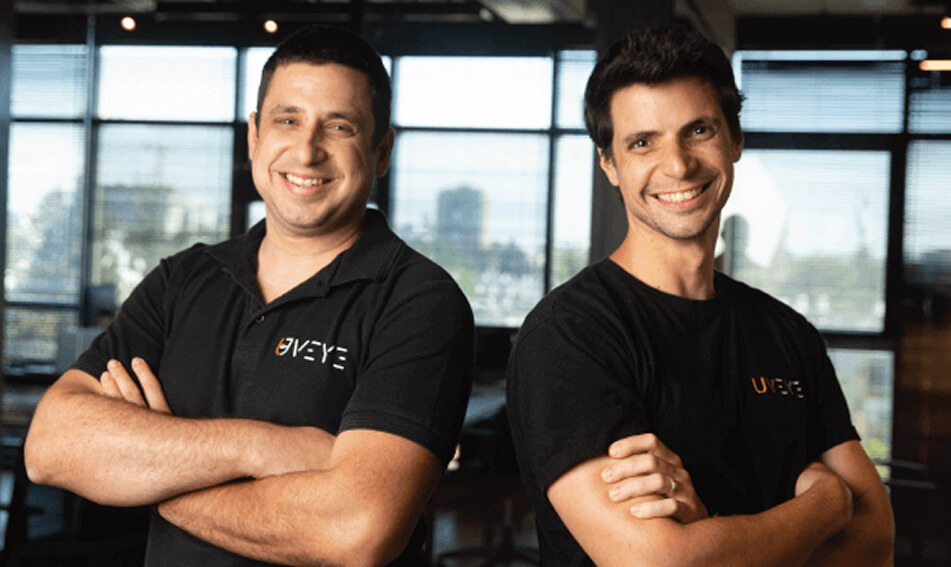
Can you introduce us to what you do? What types of technology do you use to inspect vehicles?
Our devices – the Artemis, Helios, and Atlas – use high-definition cameras to scan a vehicle as it passes by. The Helios scans the underside of the car, the Artemis scans the tires, and the Atlas scans the body of the car. Once the car has passed through the system, those images are assessed by our AI software, and reports are sent directly to a tablet or computer, with any detections highlighted for the technician to assess.
With each vehicle our devices scan, those reports are sent to cloud storage as well so the software can learn and improve on each detection. It’s why the reports technicians receive can highlight and specifically call out rust, fluid leaks, or other types of damage because the AI has learned the difference.
“The Collaboration Between Men and Machine Is The Better Way Forward”
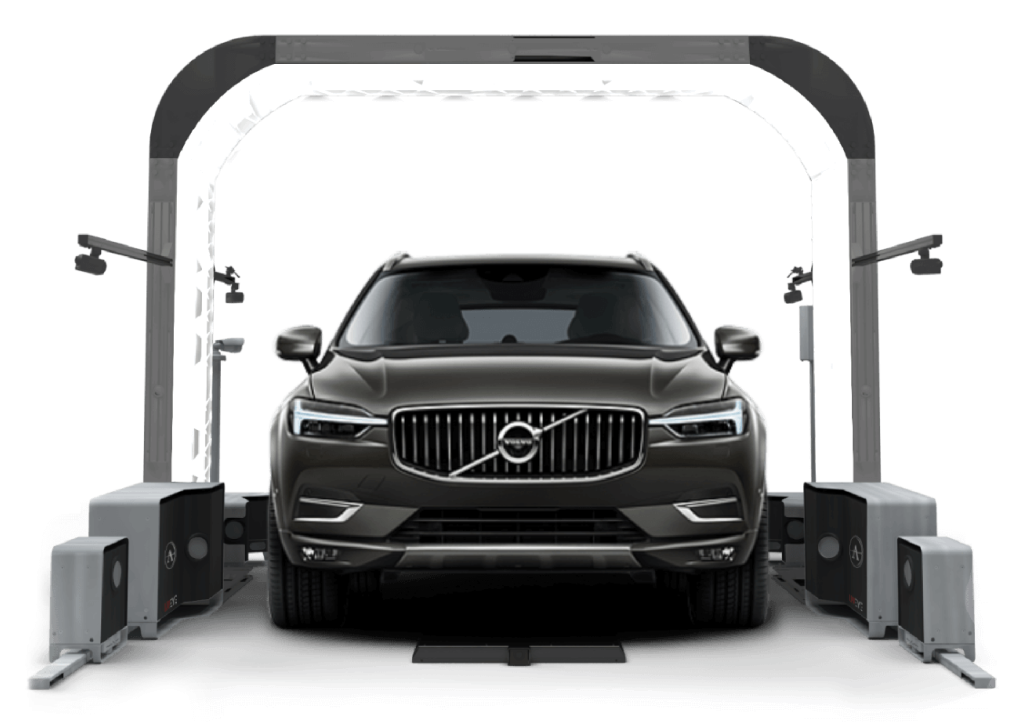

Are there any important issues that can only be detected using automated inspection systems?
Definitely! We’ve found, in some cases, compared to physical visual assessments, our devices find 96% more faults. When technicians and mechanics use UVeye technology, it allows them to spot damage or small leaks they would’ve otherwise missed.
Say a delivery truck driver comes back from their route and does a standard visual check of the truck. He might catch an underinflated tire but might miss the small oil leak coming from the engine. They’ll reinflate the tire, but that small oil leak can cause serious damage if it’s left unattended the next few times they go out for delivery. A couple of hundred miles later, that could mean a roadside breakdown and undelivered goods.
And that deflated tire? The driver might have misdiagnosed the cause as a simple slow leak. The Artemis would be able to spot small foreign objects, like a nail, and alert technicians and drivers, preventing a flat, or worse, a possible blowout and accident.
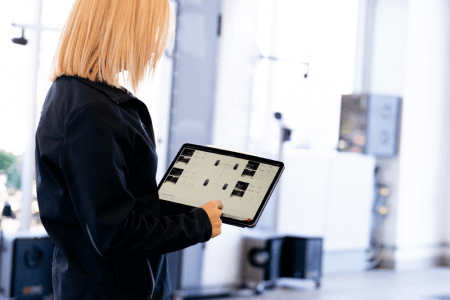
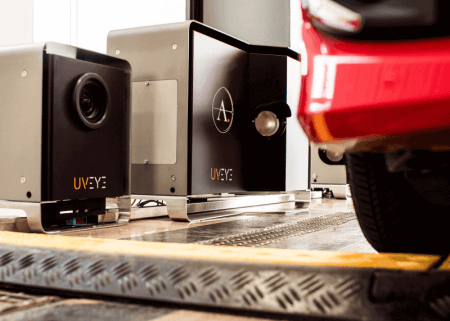
How has the pandemic affected your field of work? Did you add any new features as a result?
During the pandemic, the world saw an increased reliance on last-mile delivery services. There was an increase in delivery vehicles on the roads, racking more miles than ever before, and as a result, they naturally experienced more wear and tear.
Larger fleets of vehicles required more frequent inspections (and still do), but also those inspections needed to be quick and accurate to ensure the trucks spent more time on the road making essential deliveries.
If anything, this demand for more trucks has only accelerated the need for quick, accurate, and thorough inspections, as the service UVeye provides.
What are your thoughts on the connected car concept? Do you think this technology is going to enhance safety or pose more security risks?
Coming from a company that utilizes connected technology and cloud storage services, we can see the upside to connected cars. With UVeye, we don’t just compare data from a single car’s inspection versus its previous inspection. We assess every car we scan and compare the data, which enables tailored preventative maintenance schedules and the possibility to establish predictive maintenance schedules based on region or even driving habits.
Having connected cars support allows similar car models to share maintenance alerts, and this can help manufacturers to get insights on real-world driving conditions and needs.
Learn More About How We Are Changing The Face of Vehicle Inspection Across The Automotive Industry
What other new technologies do you hope to see widely used in the near future?
Automation, in general, would be great to see more widely adopted. Technology like UVeye depends on the interaction between AI and actual technicians. There are some situations where AI and robotics are unable to make the same decisions as a human, and the collaboration between man and machine is the better way forward.
